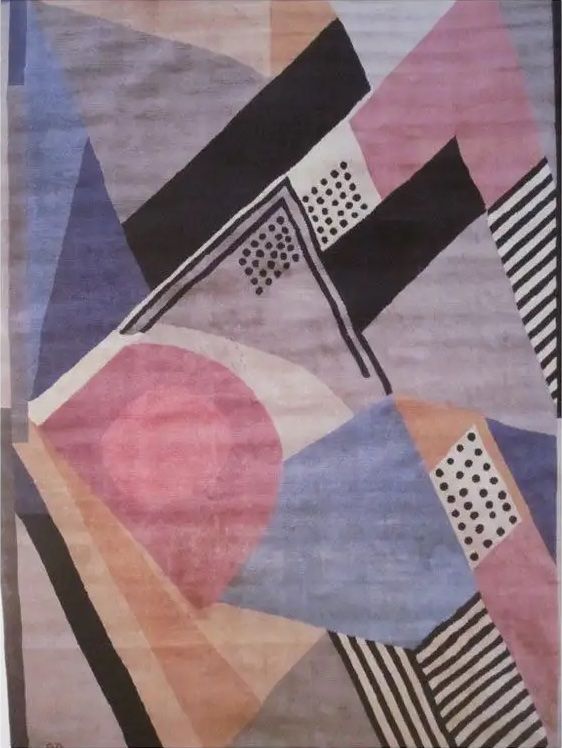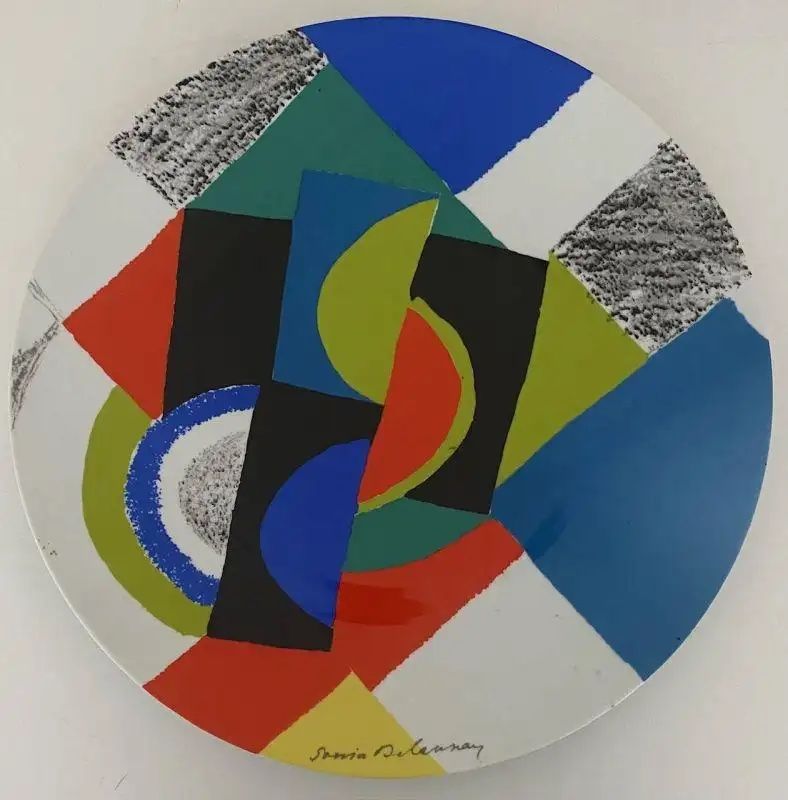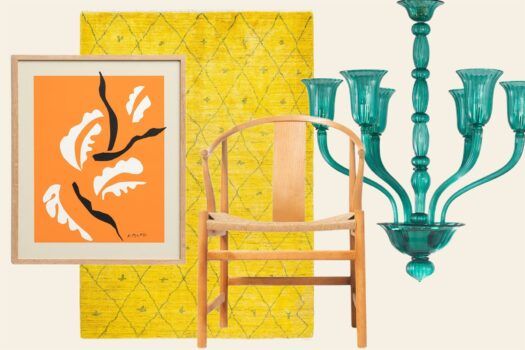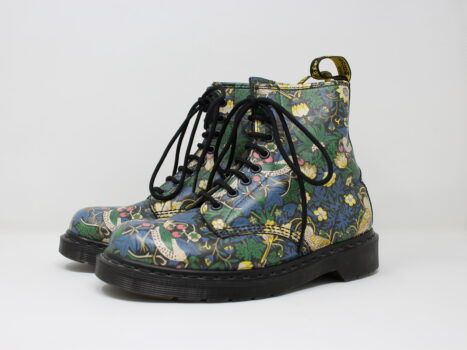
A nearly century-old invitation to view the fashion and textile designs of abstract artist Sonia Delaunay (1885–1979) beckons potential clients into her vibrant world. “In her studio, towering above the rooftops of Paris,” it reads, “you will find dresses, furniture, and fabrics: as your heart skips a beat — a rare occurrence indeed — you will know that you are seeing something new, something that in this year 1927, will transform your life into a work of art.”
A new exhibition explores the ways in which Delaunay sought to deliver on this promise over the course of her seven-decade career. The invitation, along with about 200 other Delaunay-related objects — many of which have never been shown publicly or are on display in the U.S. for the first time — are on view in “Sonia Delaunay: Living Art,” at Bard Graduate Center in New York through July 7.
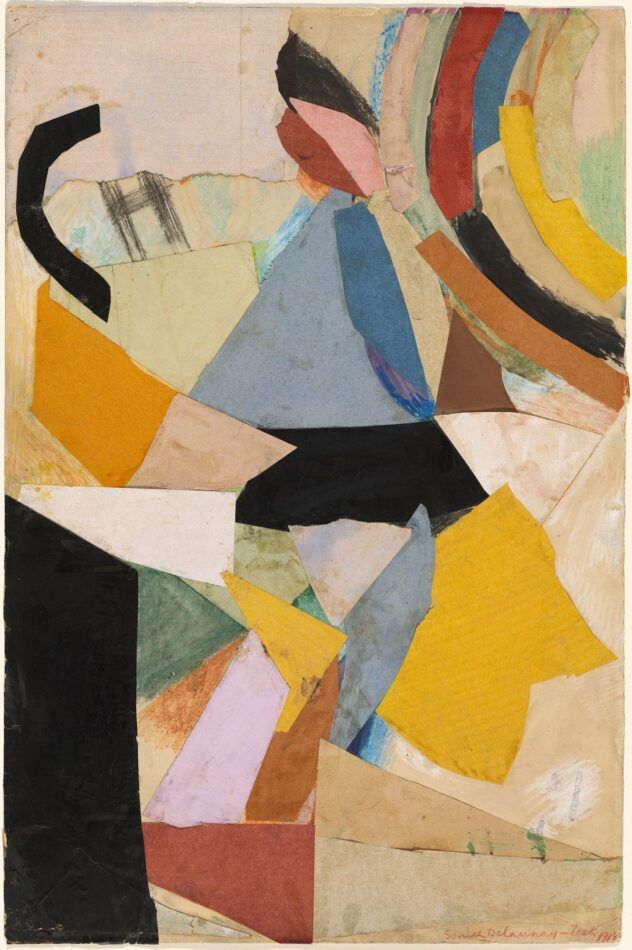
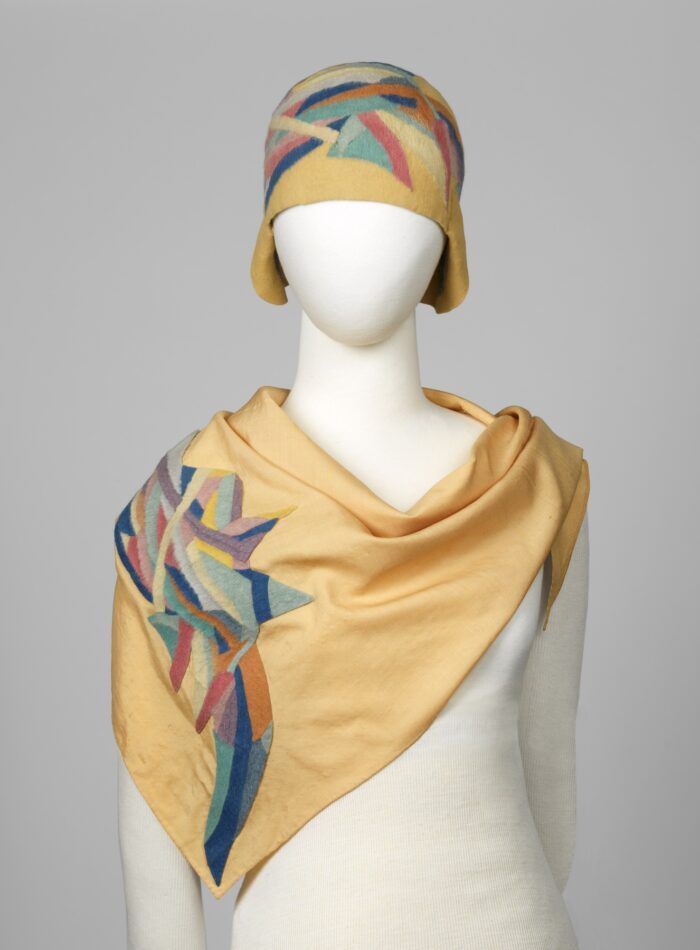
Delaunay was known for ignoring the distinction between fine art and applied design. Her body of work encompassed not only paintings and prints but also book illustrations, women’s and men’s fashions, costumes for theater and dance, film sets, wallpaper, furniture and interior decor.
More than an expression of her prolific talent, Delaunay’s varied output was her way of erasing the boundary between life and art. “For her, in order to devotedly live art, every object and surface required artistic realization,” the show’s co-organizers, Bard Graduate Center curator Laura Microulis and independent art historian Waleria Dorogova, explain in their introduction to the exhibition catalogue.
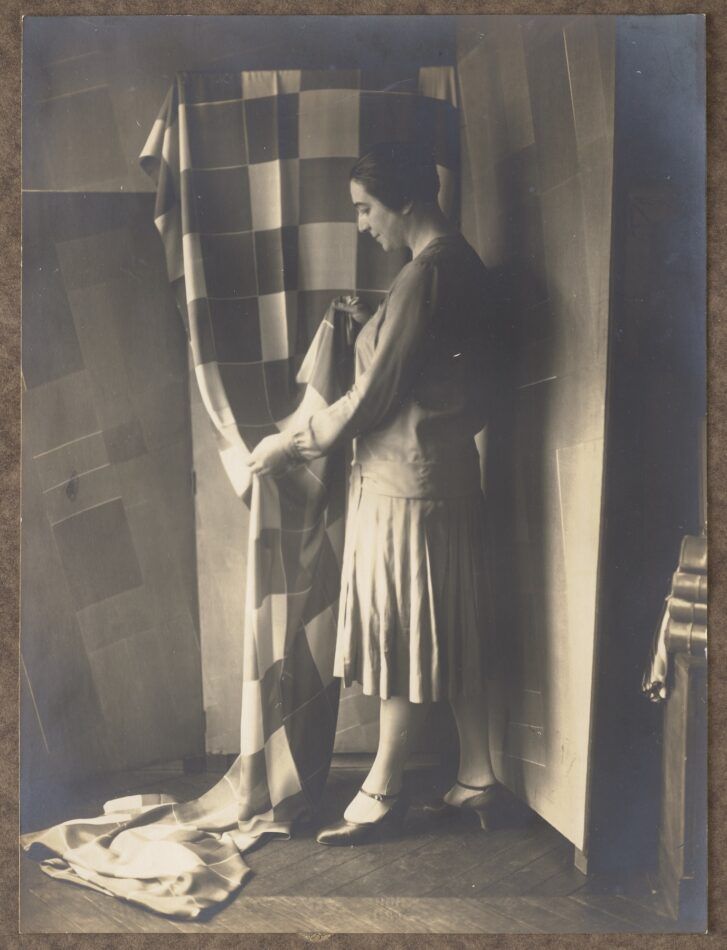
Born Sara Elievna Stern in 1885 to a working-class Jewish family in Ukraine (then part of the Russian Empire), she was adopted as a child by a wealthy maternal uncle in St. Petersburg, who saw to her well-rounded education. There, she picked up the nickname Sonia. At the age of 18, she left Russia for Germany to study painting, and in 1905, she landed in Paris, where she enrolled in art school. She soon dropped out but continued creating art, producing canvases strongly influenced by Fauvism. Following a brief marriage to gallery owner Wilhelm Uhde, she married fellow artist Robert Delaunay (1885–1941) in 1910. After the birth of her son, Charles, in 1911, she crafted a patchwork crib cover that she considered her first truly abstract piece.
No matter the medium, Delaunay’s passion was color. She and her husband were the main exponents of Orphism, a branch of Cubism defined by abstract compositions and bright shades. They saw their creations as experiments in Simultanéisme, or Simultanism, a color theory based on the work of scientist Michel Eugène Chevreul (1786–1889), who studied the ways in which a given hue can look different depending on the ones around it. The Delaunays noted that certain pairings seemed to generate a vibration in the eye of the beholder. They felt that this movement captured the dynamism of modern urban life.
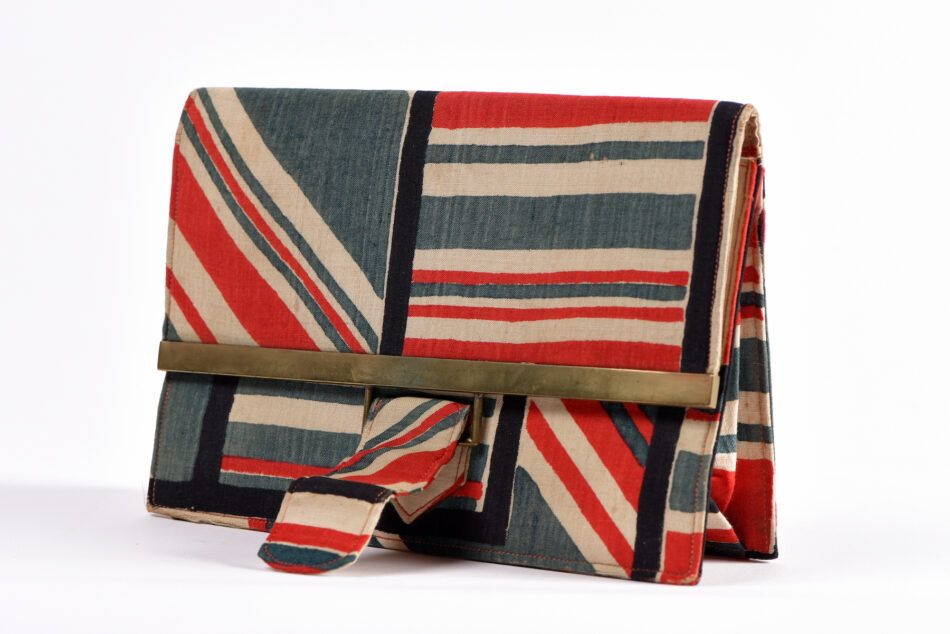
After the upheavals of World War I and the 1917 Russian Revolution, both of which necessitated a few serious rearrangements of the couple’s household (including moves and the loss of financial support from family in Russia), Delaunay retooled herself and opened a business. Keeping her devotion to color juxtaposition front and center, she launched a fabric and fashion atelier where she created textiles, wearable pieces, furniture and interior decor. In 1925, she trademarked the term Simultané to refer to her studio and its designs.
“Delaunay’s Simultaneous fashions offered her patrons a direct connection to abstract art and a means to connect their own personal style to modern art,” Microulis tells The Study. “This was further enhanced by her transmedial practice, which made Simultanism more accessible and perhaps ultimately more acceptable.” Clients who may have found an abstract painting intimidating or inaccessible could enjoy the bright pattern on a cloche-and-scarf set Delaunay created or the striped handbag she designed. In this way, she brought her art into their everyday lives.
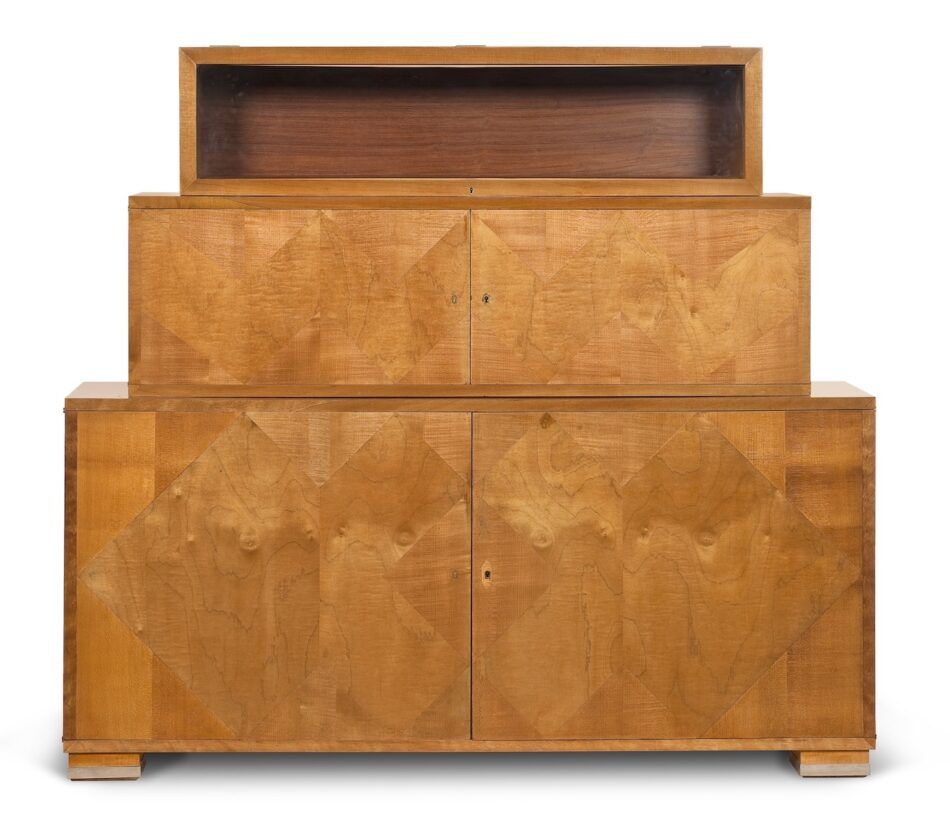
But it may be that Delaunay’s ultimate masterpiece was her own life. With her famed Robe Simultanée, a dress she crafted in 1913 from brightly colored fabric scraps, she intended to make herself into a living artwork. She also turned her home into an immersive world of pattern and color. Watercolors from 1924 depicting Delaunay’s vision for the living and dining rooms of her apartment on Paris’s Boulevard Malsherbes give attendees at the Bard show a view into her multihued domestic life.
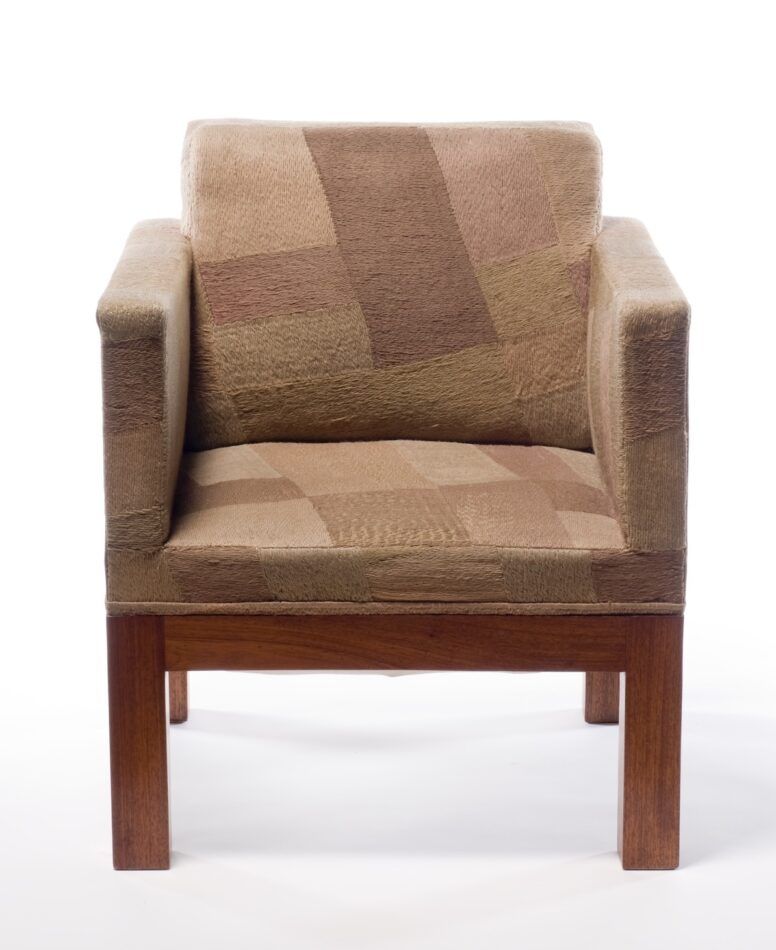
Furniture she designed for the residence appears in the exhibition, as well — a 1923 armchair with patchwork upholstery (in surprisingly subtle shades of taupe) and a sideboard from the same year with diamond-pattern marquetry. But she didn’t stop at the confines of her family home. She put her skills to use in other interiors, as well, sometimes collaborating with cabinetmaker Adolphe Chanaux.
“Sonia Delaunay designed whole environments that incorporated painting, furniture, textiles, fashion and art,” says T. Thomas Gargiulo, whose Thomas Gallery Ltd. specializes in 20th-century French and Italian decorative arts. Delaunay’s colorful abstract design on a textile or rug could very well have been applied to one of her canvases and hung on a wall or vice versa.
“Her processes are illustrated in her 1930 carpet, where she uses bold, dynamic colors against bold, geometric forms,” Gargiulo notes. While many women artists of the period were herded away from the fine arts and toward crafts (think Anni Albers), Delaunay was able to do it all. “It was extremely rare for a woman designer to have such an important role in spearheading a holistic movement in both fine and decorative arts,” the gallerist says. “This makes her achievements more compelling.”
“Overall, we love Sonia Delaunay for her free spirit and her unwavering determination to break down barriers between the arts,” says Thaddée Poliakoff, a specialist in prints whose Paris gallery, Le Coin des Arts, holds several examples of Delaunay’s work. Among her lithographs and etchings is a porcelain plate issued by Artcurial in the 1970s. Poliakoff points out that its motif seems to create a fluid, circular movement reminiscent of dance. “She transcends the medium of painting through her application to the decorative arts, fashion, theater, dance and cinema. She was an outstanding colorist who left a fundamental mark on the 20th century and built a cultural legacy of her own.” Looking to transform your life into a work of art? Delaunay’s designs may be the perfect place to start.
